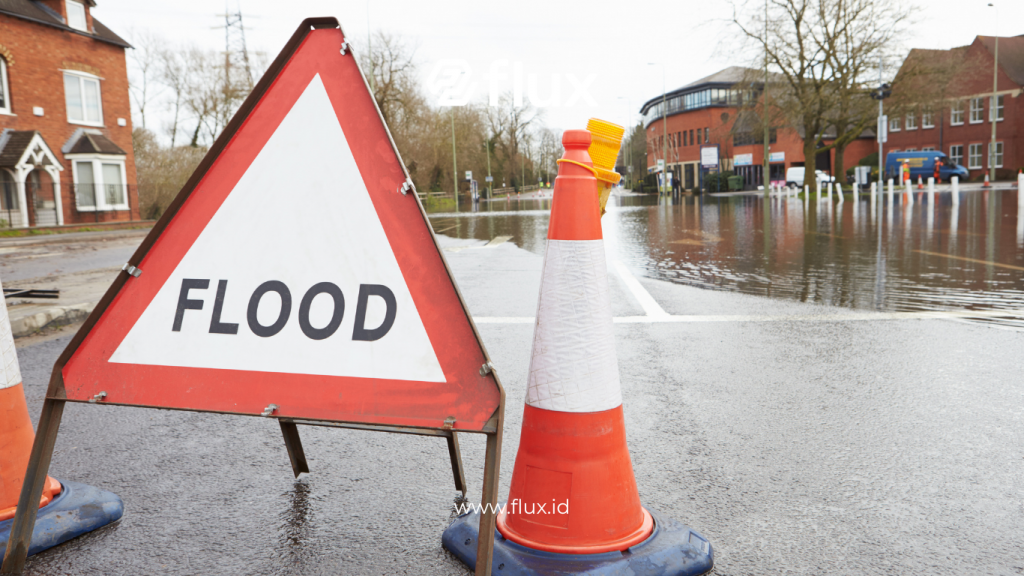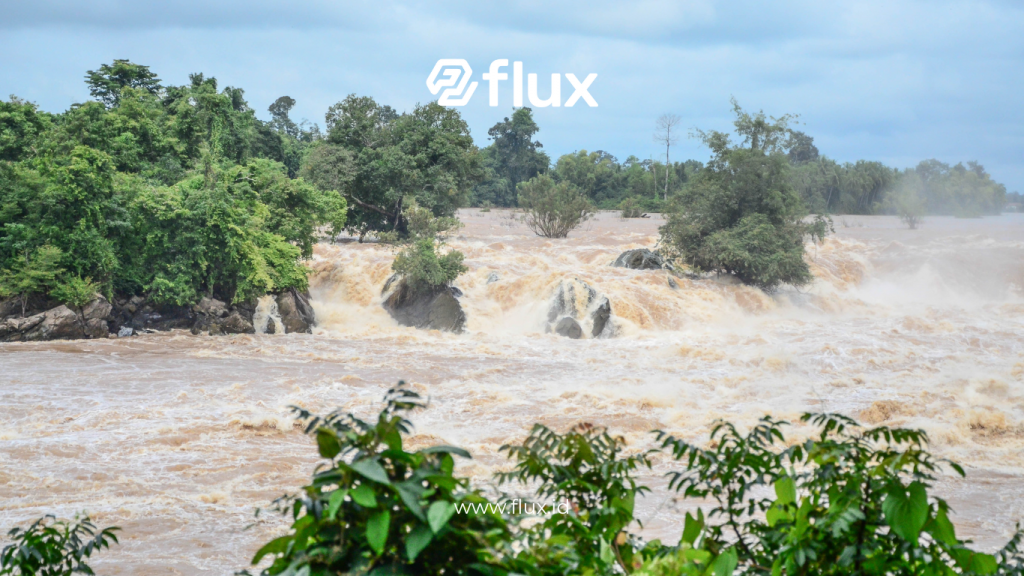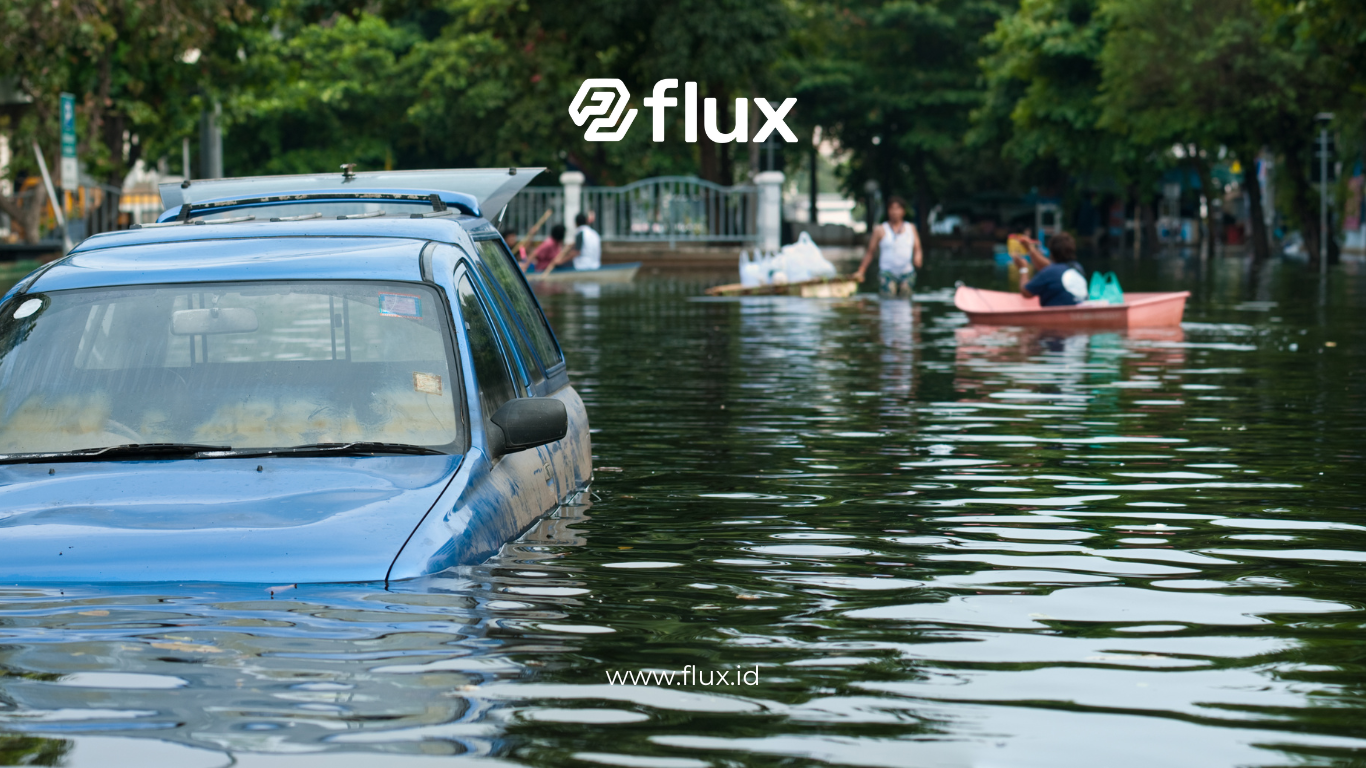Don't miss our holiday offer - 20% OFF!
Flooding is a frequent natural disaster in many regions of Indonesia, causing physical damage, endangering lives, disrupting economic activity, and impacting the environment. Effective flood management is essential, and recent technological advances have made IoT-based systems a leading solution. IoT technology enables real-time data collection and analysis, which strengthens both government and community preparedness for potential floods.
Contents
- 1 What is IoT-Based Flood Management?
- 2 Technologies Used in IoT-Based Flood Management
- 3 IoT-Based Flood Management Implementation in Various Regions
- 4 Advantages and Challenges of IoT-Based Flood Management
- 5 Preparedness Strategies Using IoT Data
- 6 IoT System Management and Maintenance for Flood Control
- 7 Conclusion
What is IoT-Based Flood Management?

Read More: IoT Innovation in Flood Detection and Mitigation: Developing a Solution Strategy
IoT-based flood management uses IoT devices to monitor, detect, and analyze flood-related data. By gathering real-time information through these sensors, authorities gain precise insights into water levels, rainfall, soil moisture, and water flow speed. This information becomes critical for flood risk prediction, enabling communities and governments to take preventive actions and respond more effectively.
Benefits of IoT Technology in Flood Management
There are numerous benefits of integrating IoT technology into flood management, such as:
- Real-Time Monitoring: With sensor data, authorities can track water levels and weather conditions as they change.
- Early Detection: By providing accurate information, the system allows early flood risk detection, giving communities more time to take action.
- Weather Prediction: Algorithms and models built on IoT data help improve weather forecasting accuracy.
- Fast Communication: Emergency response teams receive data instantly, ensuring that their efforts are well-coordinated.
Technologies Used in IoT-Based Flood Management

Read More: IoT Sensors for Flood Monitoring: Providing Real-Time Information for Quick Action
1. Water Level Sensors
Authorities install these sensors in rivers, dams, and other water channels to monitor water levels. If water rises beyond safe limits, the system immediately alerts local authorities.
2. Rainfall Sensors
Rainfall sensors monitor the intensity of rainfall in a specific area. When rain levels become dangerous, the system quickly informs authorities and the public, raising awareness and preparedness.
3. Soil Moisture Sensors
Soil moisture is a key factor for gauging how well the ground can absorb rainwater. Since saturated soil increases flood risk, these sensors provide timely data on soil absorption capacity.
4. Use of Drones and CCTV Cameras
Drones and CCTV cameras enable aerial monitoring of flood-prone areas. They support emergency response teams in assessing field conditions, which helps in choosing safe evacuation routes.
5. IoT Platforms and Cloud Computing
Data from various sensors is sent to an IoT platform that utilizes cloud computing. This platform analyzes and stores data, which is then used for real-time monitoring and long-term flood risk assessment.
IoT-Based Flood Management Implementation in Various Regions
Case Study: Semarang City
Semarang, which often experiences severe flooding due to high rainfall and vulnerable geography, has adopted IoT-based flood management. The city has installed sensors in flood-prone areas, and data from these devices integrates into an app accessible to monitoring teams and the public. This app provides timely information on potential flooding, improving overall preparedness.
Case Study: Jakarta
In Jakarta, IoT technology is also used for flood monitoring, particularly along major rivers. With sensors monitoring water levels and rainfall, the flood control center receives real-time data, enabling the government to issue early warnings to residents in high-risk areas.
Advantages and Challenges of IoT-Based Flood Management

Read More: Using IoT to Prevent Flooding: Smart Solutions for Risk Management
Advantages
- Quick Response: IoT technology enables authorities to respond immediately to flood threats, reducing potential damage.
- Risk Reduction: Accurate and timely information allows communities to minimize physical damage and prevent casualties.
- Cost Efficiency: While IoT systems require an initial investment, they reduce long-term costs in disaster management and recovery.
Challenges
- Implementation Costs: IoT systems demand significant investments in devices, installation, and maintenance.
- Network Limitations: Reliable internet connectivity is essential for IoT-based flood management. In remote areas, limited network access can hinder monitoring.
- Data Reliability: IoT sensors must deliver accurate and timely data. Any errors or delays can compromise effective decision-making.
Preparedness Strategies Using IoT Data
IoT data enables authorities to implement effective preparedness strategies, including:
- Evacuation Planning: Real-time data helps determine safe evacuation routes and gathering points for residents, minimizing panic and confusion.
- Simulation and Training: Historical data allows governments to conduct flood preparedness simulations, making communities more familiar with emergency procedures.
- Effective Communication: Control centers can provide updates through SMS, apps, and social media to keep the public informed of current conditions, enhancing public safety.
IoT System Management and Maintenance for Flood Control

To maintain the benefits of IoT systems, authorities need proper management practices. Key maintenance steps include:
- Regular Maintenance: Frequent sensor checks and maintenance keep the devices functional and reliable.
- Software Updates: Regular updates enhance system security and performance, ensuring the technology remains effective.
- Integration with Local Systems: For maximum impact, IoT systems should integrate with existing emergency response plans at local government levels.
Conclusion
IoT-based flood management holds vast potential for improving safety and preparedness against flood disasters. With real-time data from diverse sensors, this technology empowers the government, communities, and the public to address flood risks with improved readiness and efficiency.
For Indonesia, adopting IoT-based solutions can significantly enhance flood resilience, reduce damage, and protect lives, creating safer communities across the country.





